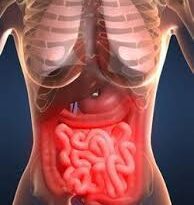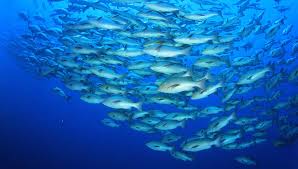Transport of Pesticides in Surface Waters
The transport of a pesticide in surface waters depends on the form in which the compound exists in the water and the hydrodynamics of the system. As discussed in the preceding section, a pesticide molecule can exist either in the dissolved phase or it can be associated with a particle or colloid.
In the dissolved phase, transport of the pesticide will be governed essentially by water flow. In the associated phase, transport will be governed by the movement of the particle or colloid. Pesticides in the associated phase can undergo a variety of transport processes, depending on the type of substrate with which it is associated.
Transport of pesticides associated with dissolved organic matter or colloids is primarily governed by water flow, similar to that of dissolved pesticides. Pesticides associated with particles (sands to clays), fecal pellets, or coagulations of very fine particles tend to settle out in lakes and reservoirs, and in low-energy sections of streams, such as backwaters and behind large objects.
Because of the propensity of hydrophobic organic pesticides to associate with natural organic matter, they tend to accumulate in bed sediments with a relatively high organic matter content (more than 1 percent).
These sediment deposition areas can serve as long- or short-term sinks for pesticides until the sediments are disturbed by the hydrodynamics of the system. In streams, high-energy events, such as spring runoff and large storms, can transport bed sediments and their associated pesticides downstream.
When particle- associated pesticides are reintroduced into the water column, they may become redistributed between the dissolved and particulate phases in the attempt to reach sorptive equilibrium.
The newly dissolved pesticides will be transported with the flow of water, while the pesticides still associated with particles can again return to the bed sediments, once the energy level of the stream subsides to a point where the particles settle out of the water column.
Thus, pesticides with low water solubility and a high affinity for surfaces, such as the OCs, tend to remain in the bed sediments of streams for long periods of time and are transported slowly from the system.
Read Also : Sampling and Sampling Equipment for Water, Soil and Sediment
Pesticides with relatively high water solubility and little affinity for solids, such as triazine and acetanilide herbicides, are transported in a flowing stream at a rate approximating the river’s velocity.
In slow-moving surface water systems, such as lakes and reservoirs, the hydrodynamic conditions controlling the transport of pesticides are different from those of faster moving systems such as streams, although the sorptive interactions in slow- and fast-moving waters are essentially the same.
In conclusion, knowledge of the behavior and fate of pesticide in water is useful as all water soluble pesticides end up in water bodies irrespective of the point of application. This is particularly important in fisheries and aquaculture management, and in the water treatment industry.
Degradation of pesticide in water occurs through chemical transformation, microbial degradation and photolysis.
Pesticide degradation in the water is also affected by phase- transfer processes, which include pesticide sorption in water, bioaccumulation, bio-concentration and the Henry’s Law constant.



